Home>Gardening & Outdoor>Plant Care & Gardening Tips>Where Is Pitcher Plant Native To
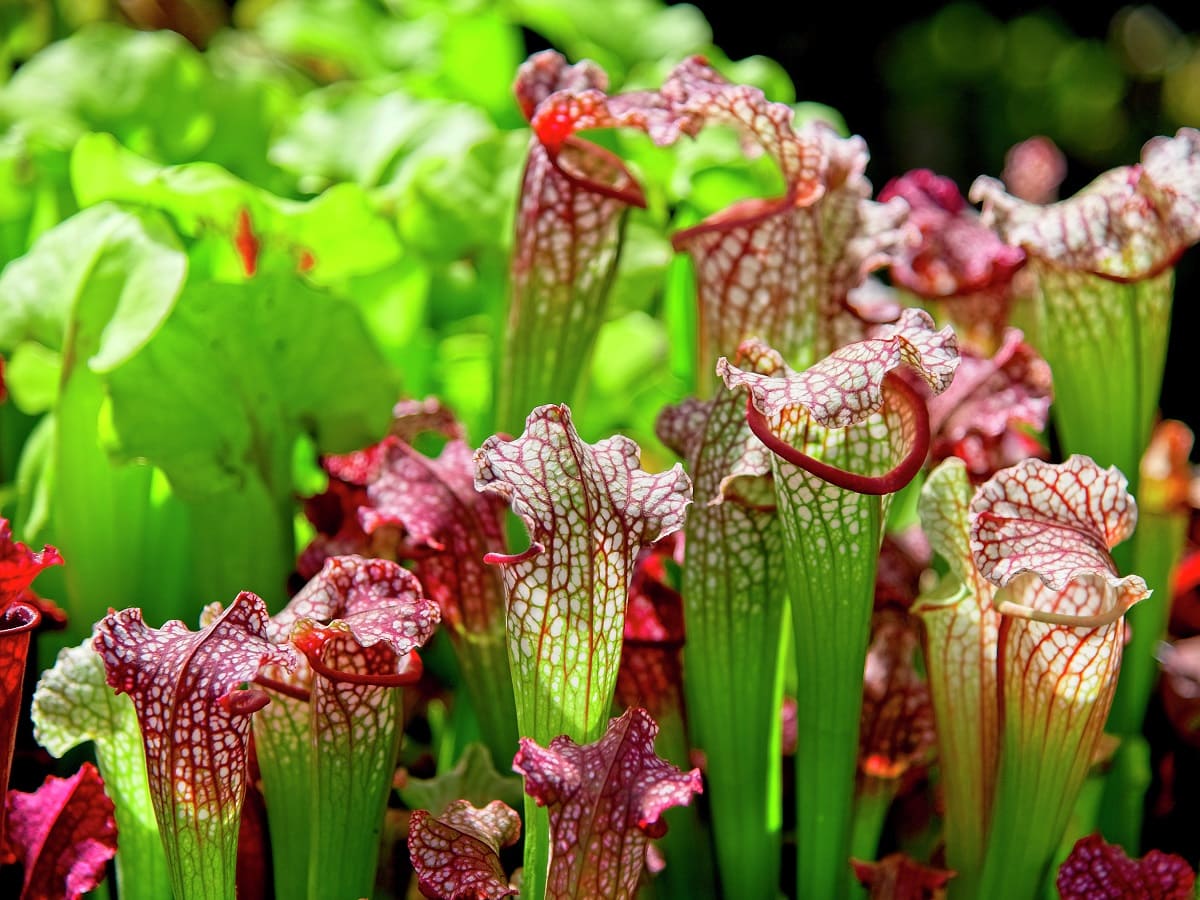

Plant Care & Gardening Tips
Where Is Pitcher Plant Native To
Published: December 25, 2023
Learn where the pitcher plant is native to and discover plant care and gardening tips for this unique and fascinating plant species. Explore its natural habitat and how to cultivate it in your garden.
(Many of the links in this article redirect to a specific reviewed product. Your purchase of these products through affiliate links helps to generate commission for Storables.com, at no extra cost. Learn more)
Introduction
Welcome to the fascinating world of pitcher plants! If you're an avid gardener or simply have a keen interest in unique and exotic plants, then the pitcher plant is sure to captivate your attention. These extraordinary plants are renowned for their distinct pitcher-shaped traps, which serve as a means of capturing and digesting insects. In this comprehensive guide, we will delve into the origins, types, and natural habitats of pitcher plants, shedding light on their captivating allure and ecological significance.
Pitcher plants are not only visually striking but also possess a remarkable mechanism for obtaining nutrients, making them a subject of intrigue for botanists and nature enthusiasts alike. Join us as we embark on a journey to uncover the wonders of these extraordinary botanical marvels, exploring their native habitats and the conservation efforts aimed at preserving these remarkable species. Whether you're a seasoned horticulturist or a curious green thumb, this article aims to provide valuable insights into the captivating world of pitcher plants. So, let's delve into the enchanting realm of these extraordinary botanical wonders!
Key Takeaways:
- Pitcher plants, with their unique pitcher-shaped traps, are native to diverse habitats such as Southeast Asia, North America, and Australia, showcasing their remarkable adaptability and ecological significance.
- Conservation efforts, including habitat preservation and community engagement, are crucial for safeguarding pitcher plants from threats like habitat loss and illegal collection, ensuring their continued contribution to diverse ecosystems.
Read more: Where Is The Snake Plant Native To
What is a Pitcher Plant?
Pitcher plants, scientifically classified under the Nepenthaceae and Sarraceniaceae families, are a group of carnivorous plants renowned for their distinctive pitcher-shaped traps. These remarkable plants have evolved to thrive in nutrient-deficient environments, such as bogs, marshes, and other wetland habitats. The pitcher-shaped structure of these plants serves a unique purpose – it acts as a pitfall trap, luring unsuspecting insects into its depths, where they ultimately meet their demise.
The pitcher plant's trap is a marvel of natural engineering, designed to entice, capture, and digest its prey. The rim of the pitcher features a slippery, waxy coating, making it challenging for insects to escape once they venture inside. Additionally, the interior of the pitcher plant is lined with downward-pointing hairs, further hindering any escape attempts by the trapped insects. Some species of pitcher plants even produce nectar to attract insects, effectively luring them into their perilous demise.
Once an insect succumbs to the trap, it meets a fate that is both fascinating and macabre. The digestive fluid within the pitcher plant contains a potent cocktail of enzymes that break down the insect's soft tissues, releasing vital nutrients that the plant absorbs to supplement its diet. This unique adaptation allows pitcher plants to thrive in environments where other plants struggle to obtain essential nutrients, showcasing the remarkable diversity of nature's solutions to ecological challenges.
From the striking beauty of their pitcher-shaped traps to their ingenious method of nutrient acquisition, pitcher plants stand as a testament to the awe-inspiring diversity of the plant kingdom. As we continue our exploration, we will delve deeper into the various types of pitcher plants, each with its own distinct characteristics and adaptations.
Types of Pitcher Plants
The world of pitcher plants encompasses a diverse array of species, each with its own unique traits and adaptations. Among the most renowned genera of pitcher plants are Nepenthes and Sarracenia, both of which exhibit remarkable diversity in form and habitat. Let’s take a closer look at these captivating varieties:
Nepenthes
Nepenthes, commonly known as tropical pitcher plants, are native to regions such as Southeast Asia, Madagascar, and Australia. These striking plants are characterized by their elegant, colorful pitchers, which often feature intricate patterns and vibrant hues. Some species of Nepenthes are renowned for their impressive size, with pitchers capable of capturing a wide range of prey, including insects, small rodents, and even birds. These plants thrive in warm, humid climates, making them a popular choice for enthusiasts seeking to cultivate these captivating specimens in controlled environments.
Sarracenia
Sarracenia, also known as North American pitcher plants, are native to the eastern United States and parts of Canada. These hardy plants are well adapted to temperate climates, where they can be found in wetland habitats such as bogs and marshes. Sarracenia species are celebrated for their distinctive trumpet-shaped pitchers, which often display eye-catching colors and intricate veining. In addition to their captivating appearance, Sarracenia pitcher plants play a vital role in their ecosystems by contributing to insect control and nutrient cycling.
Read more: Where Is Ice Plant Native To
Hybrid Varieties
Furthermore, hybrid varieties of pitcher plants have been developed through careful crossbreeding, resulting in an astonishing array of unique characteristics and visual appeal. These hybrids often combine the best traits of different species, resulting in plants with diverse pitcher shapes, sizes, and coloration. Enthusiasts and horticulturists alike are continually exploring the possibilities of hybridization, leading to the cultivation of captivating pitcher plant varieties that showcase an extraordinary blend of traits from their parent species.
Each type of pitcher plant offers a captivating glimpse into the world of botanical diversity, showcasing the remarkable adaptations that have allowed these plants to thrive in diverse environments. As we explore the natural habitats of pitcher plants, we will gain a deeper understanding of the ecological contexts in which these fascinating species have evolved.
Natural Habitat of Pitcher Plants
Pitcher plants are uniquely adapted to thrive in wetland habitats, where nutrient-poor soils present challenges for many other plant species. These remarkable plants have evolved to capitalize on their carnivorous nature, supplementing their nutritional needs by capturing and digesting insects within their pitcher-shaped traps. Let’s delve into the diverse natural habitats where pitcher plants can be found:
Bogs and Fens
One of the most iconic habitats for pitcher plants is the bog, a type of wetland characterized by acidic, waterlogged conditions. Bogs are home to an array of carnivorous plants, including various species of pitcher plants, sundews, and bladderworts. The nutrient-poor, acidic soils of bogs create an environment where traditional methods of nutrient acquisition through root systems are ineffective, driving the evolution of carnivorous adaptations in these remarkable plants.
Swamps and Marshes
Pitcher plants also thrive in swamps and marshes, where standing water and ample sunlight provide an ideal environment for their growth. These habitats are characterized by fluctuating water levels, creating dynamic ecosystems that support a rich diversity of plant and animal life. In these wetland environments, pitcher plants play a vital role in controlling insect populations, contributing to the delicate balance of these ecosystems.
Read more: Where Is Goldfish Plant Native To
Tropical Rainforests
Within tropical rainforests, species of Nepenthes pitcher plants can be found thriving in the humid, nutrient-deficient soils of these lush environments. The diverse array of Nepenthes species in tropical regions showcases the adaptability and resilience of pitcher plants in some of the world’s most biodiverse ecosystems. These plants have evolved to capitalize on the abundance of insect life in these environments, utilizing their pitcher traps to capture prey and supplement their nutritional requirements.
By flourishing in these diverse wetland habitats, pitcher plants have carved out a niche as integral components of their respective ecosystems. Their unique adaptations not only allow them to thrive in challenging environments but also contribute to the ecological balance of these diverse habitats. As we explore the native ranges of pitcher plants, we will gain a deeper appreciation for the remarkable diversity of these captivating species.
Where Are Pitcher Plants Native To?
Pitcher plants are native to a wide range of regions across the globe, each offering unique environmental conditions that have shaped the evolution of these remarkable plants. From the lush rainforests of Southeast Asia to the wetlands of North America, pitcher plants have established themselves in diverse ecosystems, showcasing their remarkable adaptability and ecological significance. Let’s embark on a journey to explore the native ranges of these captivating plants:
Southeast Asia
Nepenthes, the tropical pitcher plants, are native to Southeast Asia, where they can be found in countries such as Indonesia, Malaysia, the Philippines, and parts of India. These regions are renowned for their rich biodiversity and humid, tropical climates, providing an ideal habitat for a diverse array of Nepenthes species. The lush rainforests of Southeast Asia are home to a stunning variety of pitcher plants, each exhibiting unique adaptations and captivating beauty.
Madagascar
The island of Madagascar is home to a distinct array of Nepenthes species, showcasing the remarkable diversity of pitcher plants in this unique ecosystem. The native ranges of these species in Madagascar highlight the intricate interplay between environmental factors and the evolution of these carnivorous plants, offering a glimpse into the ecological dynamics of this biodiverse island.
Read more: Where Is The Egg Plant Native To
North America
In North America, Sarracenia, the North American pitcher plants, are native to regions such as the eastern United States and parts of Canada. These hardy plants thrive in temperate climates, where they can be found in wetland habitats, including bogs, fens, and marshes. The native ranges of Sarracenia species underscore the vital role of pitcher plants in North American ecosystems, contributing to insect control and nutrient cycling in these dynamic environments.
Australia
Australia is home to a diverse array of Nepenthes species, particularly in the northern regions of the continent. The native ranges of these Australian pitcher plants showcase their resilience in the face of challenging environmental conditions, highlighting their ability to thrive in nutrient-poor soils and subtropical climates.
By exploring the native ranges of pitcher plants, we gain a deeper understanding of the diverse environmental contexts in which these remarkable plants have evolved. From the lush rainforests of Southeast Asia to the wetlands of North America, pitcher plants have established themselves as captivating and ecologically significant components of their respective ecosystems.
Conservation of Pitcher Plants
The conservation of pitcher plants is of paramount importance due to the ecological significance and captivating beauty of these remarkable species. As human activities continue to impact natural habitats, many pitcher plant populations face threats such as habitat loss, climate change, and illegal collection. Conservation efforts are crucial to safeguarding these extraordinary plants and the diverse ecosystems they inhabit. Let’s delve into the conservation initiatives aimed at preserving pitcher plants:
Habitat Preservation
Preserving the natural habitats of pitcher plants is essential for their long-term survival. Protected areas, such as national parks, nature reserves, and wetland sanctuaries, play a vital role in safeguarding the diverse ecosystems where pitcher plants thrive. By conserving these habitats, we can ensure that pitcher plants continue to contribute to the ecological balance of their respective environments, while also protecting the rich biodiversity that these habitats support.
Read more: Where Is The Indigo Plant Native
Research and Monitoring
Scientific research and monitoring efforts are instrumental in understanding the ecological dynamics and conservation needs of pitcher plants. By studying population dynamics, habitat requirements, and the impacts of environmental stressors, researchers can provide valuable insights to guide conservation strategies. Monitoring the health and distribution of pitcher plant populations is essential for identifying potential threats and implementing targeted conservation measures to mitigate these risks.
Community Engagement
Engaging local communities and raising awareness about the ecological importance of pitcher plants is crucial for garnering support for conservation efforts. Educational initiatives, community outreach programs, and partnerships with local stakeholders can foster a sense of stewardship for these unique plants and their habitats. By involving local communities in conservation endeavors, we can cultivate a shared commitment to preserving the natural heritage represented by pitcher plants.
Legislative Protection
Legislative measures, such as the designation of endangered species status and the enforcement of regulations against illegal collection and trade, are essential for protecting pitcher plants from exploitation. By establishing legal safeguards and promoting ethical practices in plant cultivation and trade, we can mitigate the pressures posed by overharvesting and unauthorized removal of pitcher plants from their native habitats.
Through collaborative efforts that encompass habitat preservation, research, community engagement, and legislative protection, we can work towards securing a sustainable future for pitcher plants. By recognizing the ecological value and intrinsic beauty of these remarkable plants, we can strive to ensure that future generations have the opportunity to marvel at the captivating diversity of pitcher plants in their natural habitats.
Conclusion
As we conclude our exploration of pitcher plants, we are left with a profound appreciation for the captivating allure and ecological significance of these remarkable species. From the lush rainforests of Southeast Asia to the wetlands of North America, pitcher plants have established themselves as integral components of diverse ecosystems, showcasing their adaptability and unique carnivorous adaptations.
The diverse array of Nepenthes and Sarracenia species, each with its own distinct traits and native ranges, underscores the remarkable diversity of pitcher plants across the globe. These plants have evolved to thrive in nutrient-poor environments, utilizing their ingenious pitcher-shaped traps to capture and digest insects, supplementing their nutritional needs in challenging habitats.
Furthermore, the conservation of pitcher plants is a pressing concern, as these extraordinary species face threats such as habitat loss and illegal collection. Through habitat preservation, research and monitoring, community engagement, and legislative protection, we can work towards securing the future of pitcher plants and the diverse ecosystems they inhabit. By fostering a shared commitment to conservation, we can ensure that these captivating plants continue to contribute to the ecological balance of their respective environments for generations to come.
Whether you’re a dedicated horticulturist, a nature enthusiast, or simply curious about the wonders of the plant kingdom, the world of pitcher plants offers a wealth of intrigue and beauty. Their elegant pitcher-shaped traps, vibrant hues, and remarkable adaptations serve as a testament to the awe-inspiring diversity of the natural world. As we celebrate the resilience and ecological significance of pitcher plants, we are reminded of the profound interconnectedness of all living organisms and the need to preserve the rich tapestry of life on our planet.
So, whether you find yourself amid the lush foliage of a tropical rainforest or the tranquil expanse of a wetland, take a moment to marvel at the captivating beauty of pitcher plants, and consider the vital role they play in the intricate web of life. Through our collective efforts, we can ensure that these extraordinary plants continue to thrive, enchanting and inspiring generations to come.
Frequently Asked Questions about Where Is Pitcher Plant Native To
Was this page helpful?
At Storables.com, we guarantee accurate and reliable information. Our content, validated by Expert Board Contributors, is crafted following stringent Editorial Policies. We're committed to providing you with well-researched, expert-backed insights for all your informational needs.
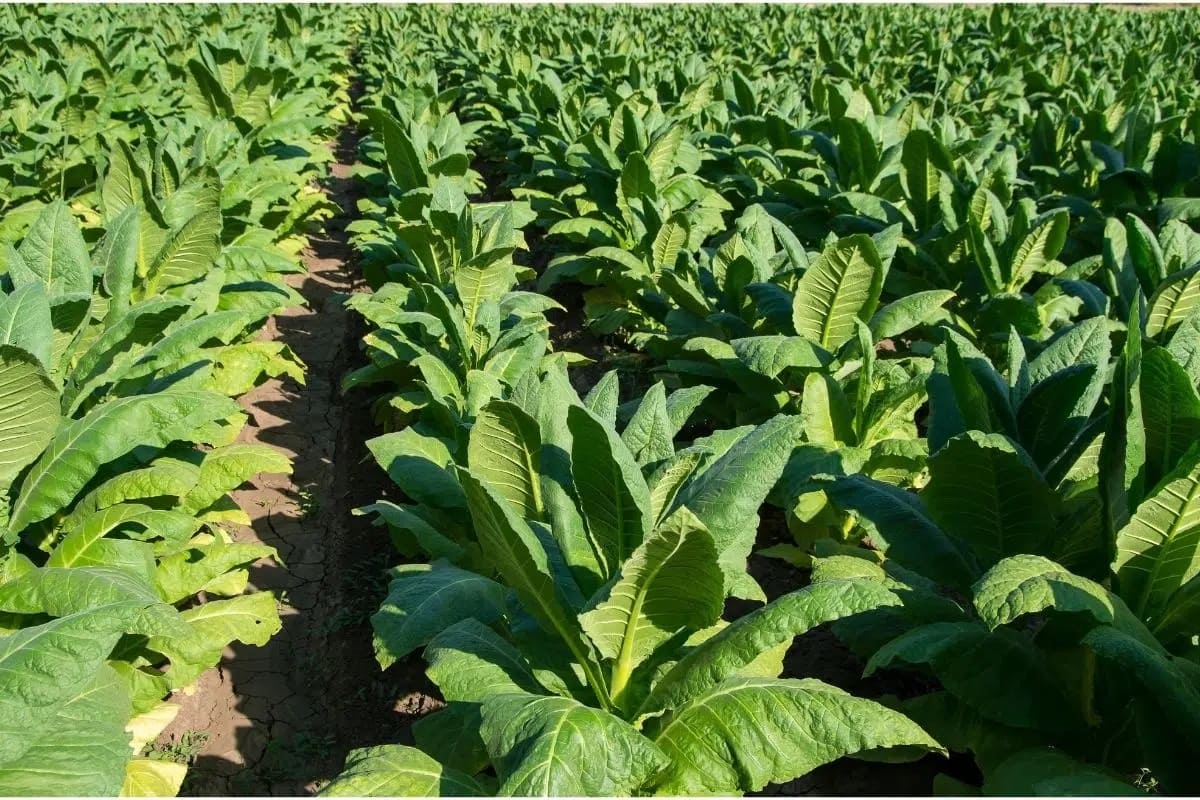
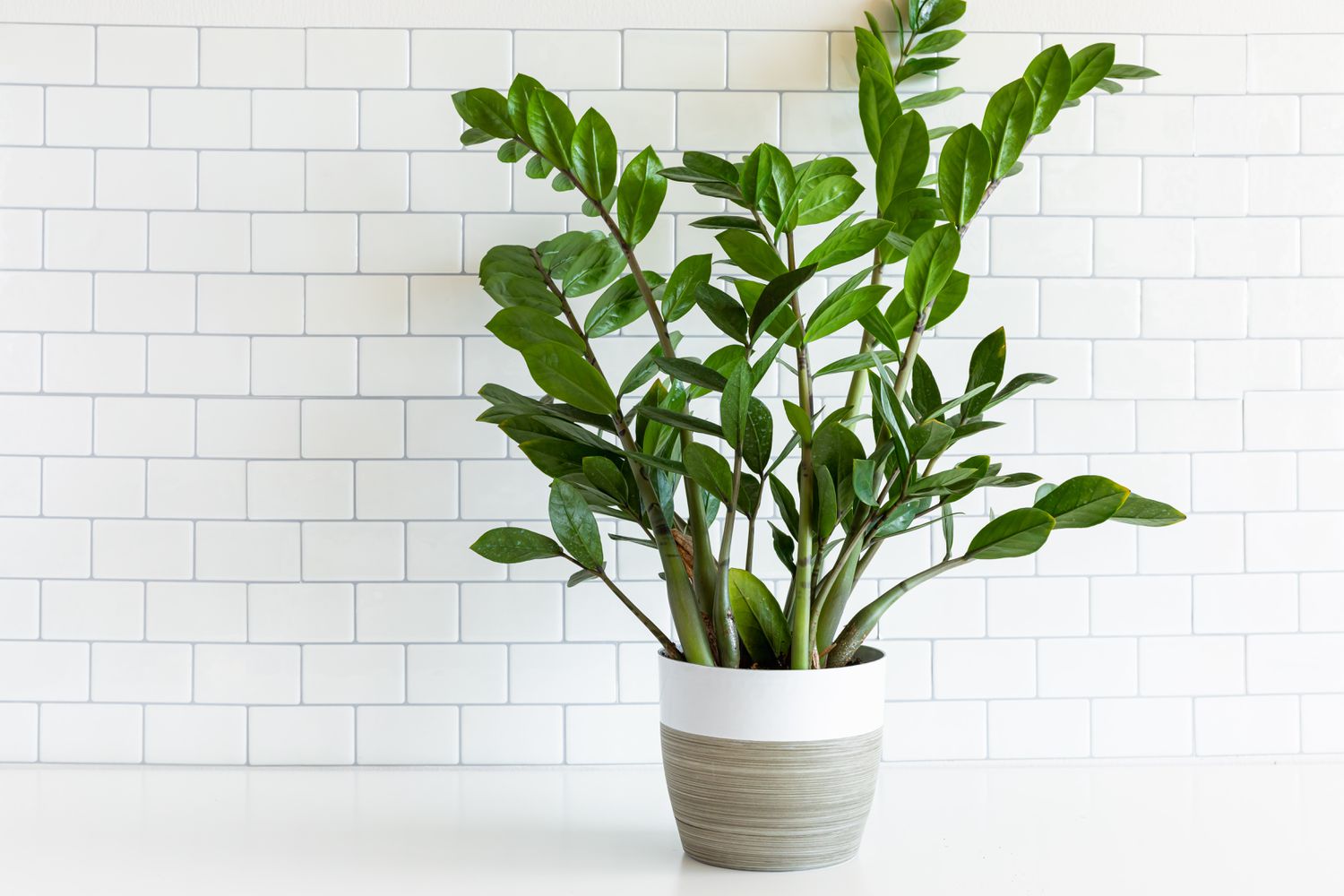
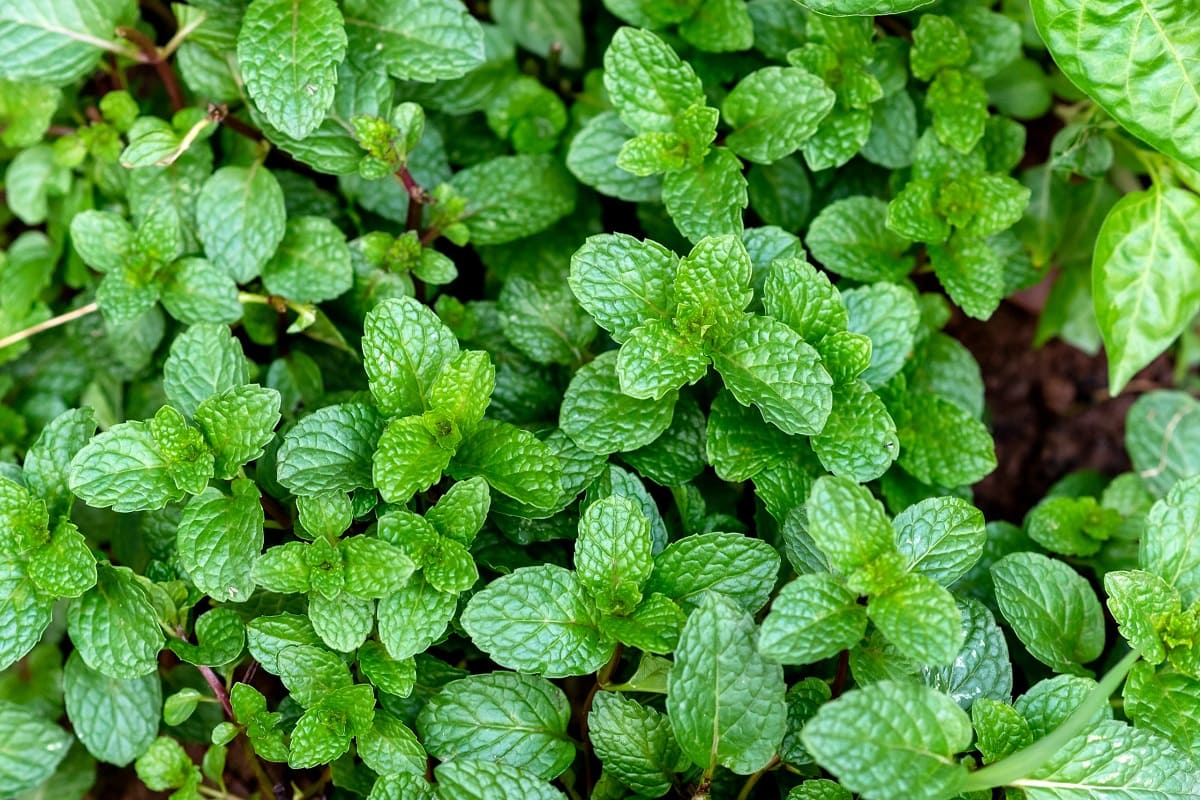
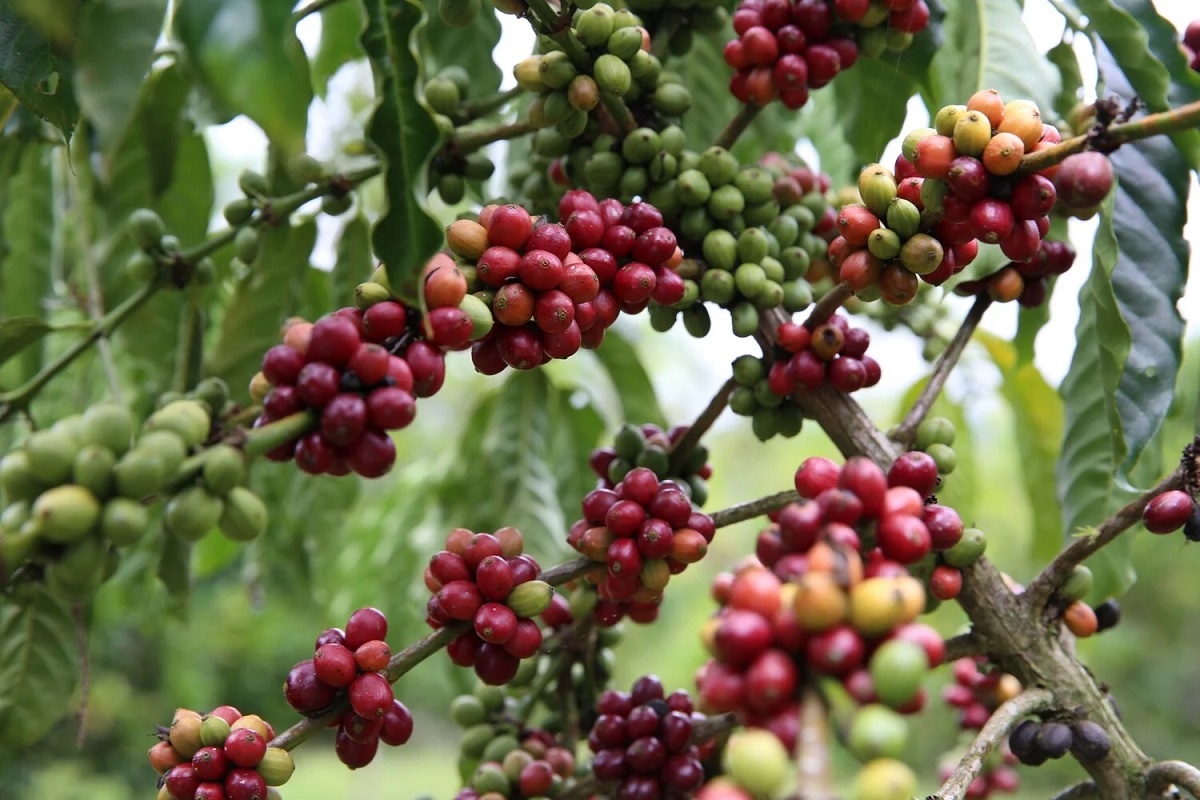

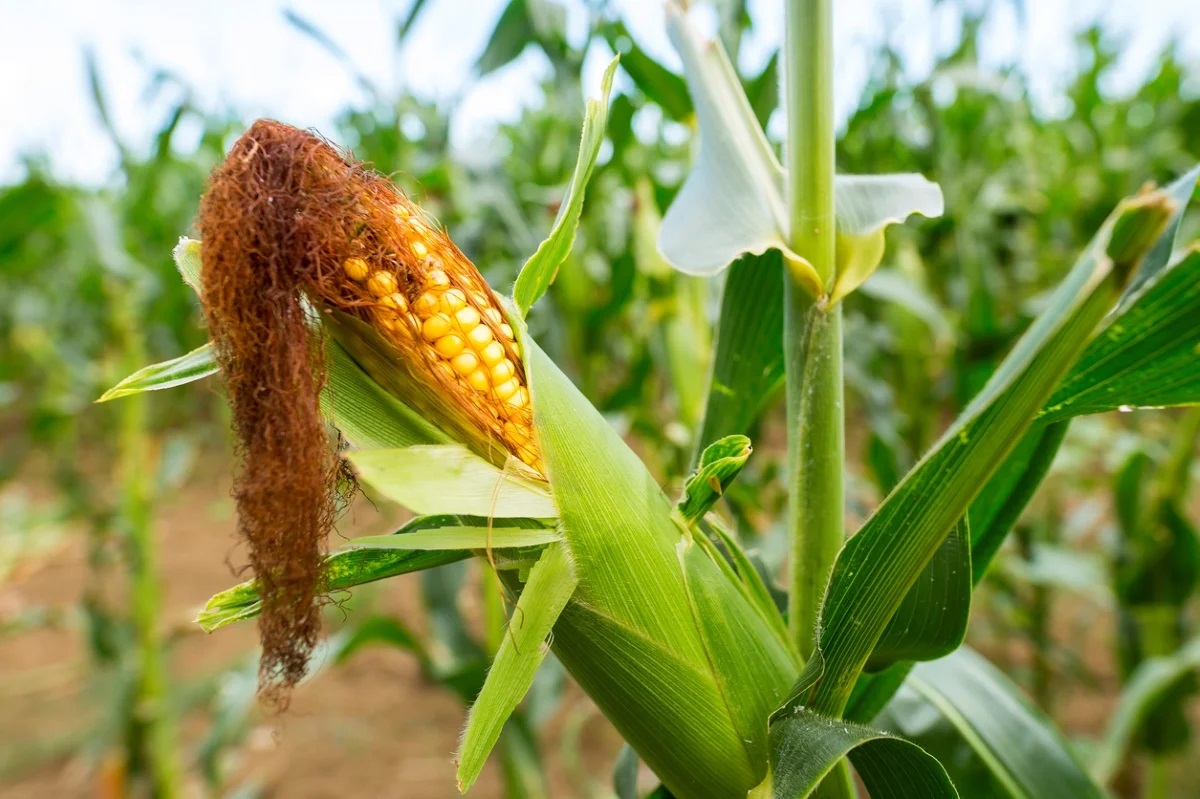
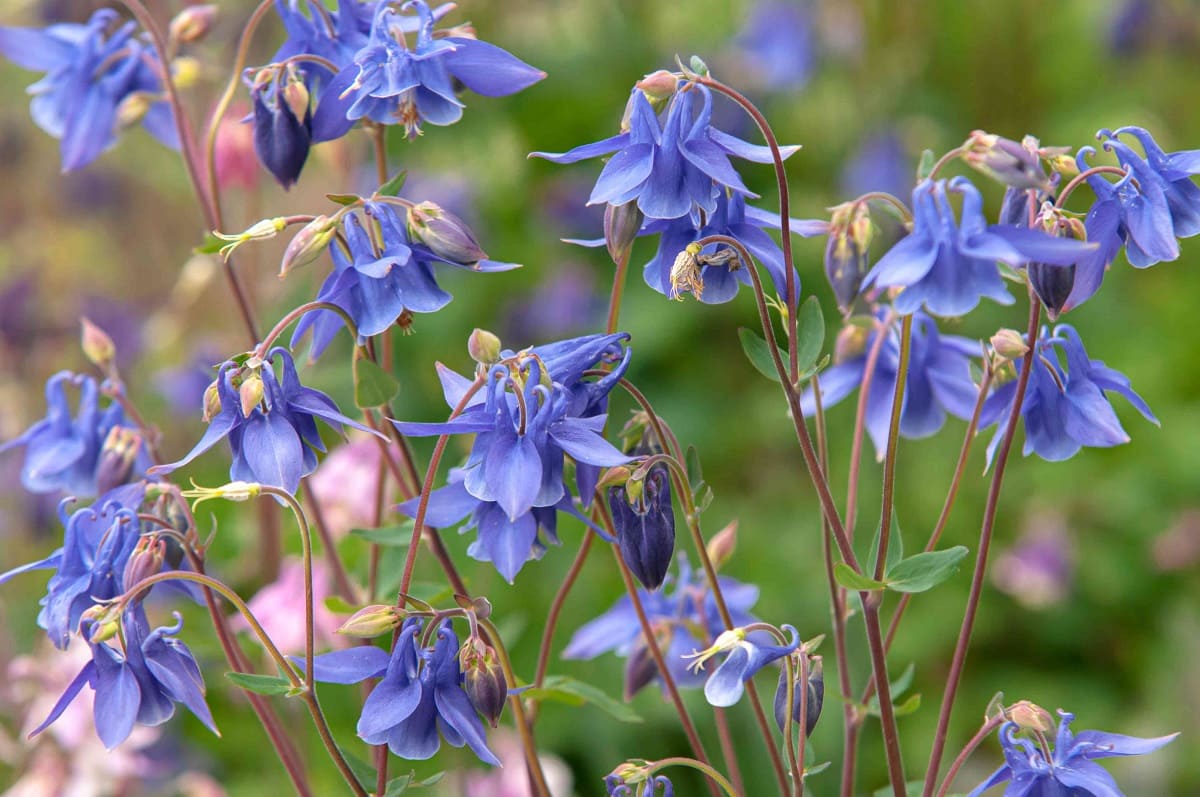
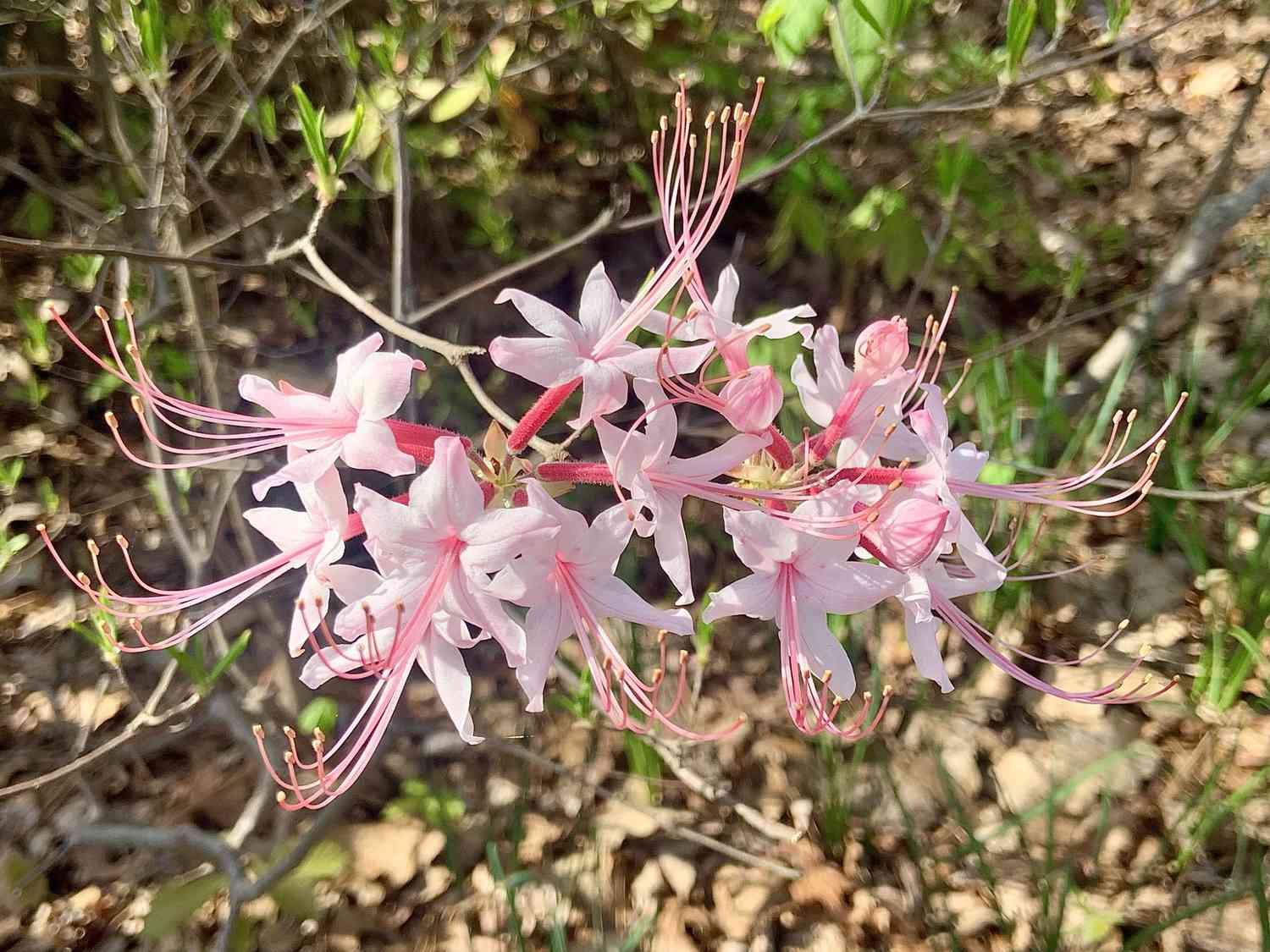


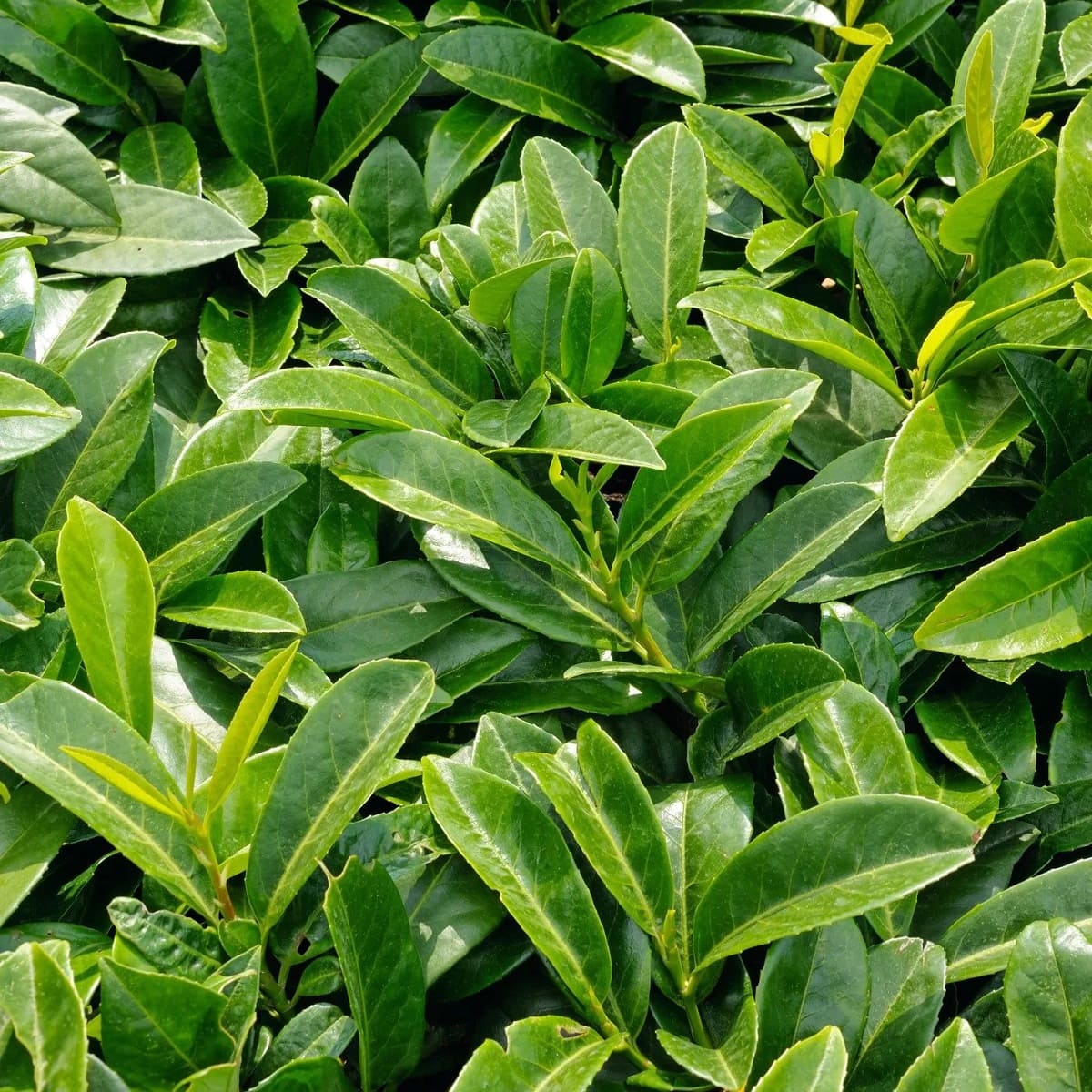

0 thoughts on “Where Is Pitcher Plant Native To”